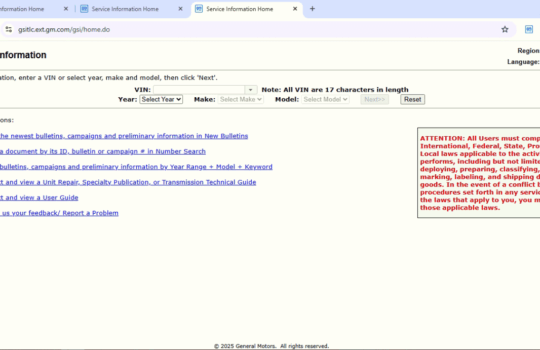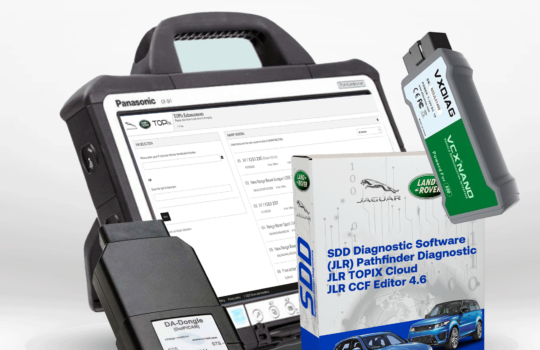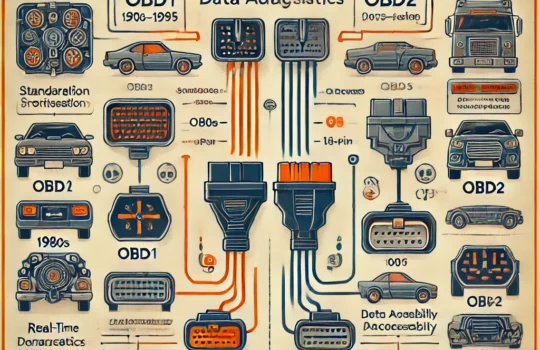What is ECU in Car: Function, Types & Performance Explained
Table of Content
Introduction to the Engine Control Unit (ECU)
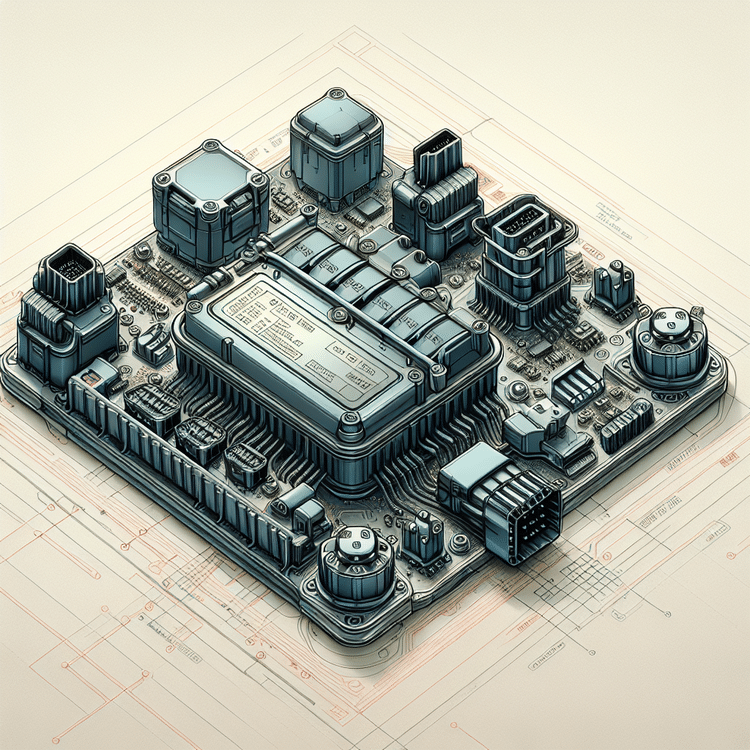
The Engine Control Unit (ECU) acts as the brain of a vehicle, managing essential functions that directly influence performance, efficiency, and safety. It integrates various sensors throughout the vehicle, allowing it to make real-time adjustments to ensure the engine operates under optimal conditions.
As a car owner or mechanic, understanding the ECU car definition is crucial for effective vehicle maintenance and performance enhancement. The ECU controls critical operations such as fuel injection, ignition timing, and throttle response, which collectively contribute to fuel efficiency and engine power. By optimizing these parameters, the ECU not only improves performance but also helps in minimizing emissions.
Furthermore, with advancements in automotive technology, the ECU has become increasingly complex, incorporating features like diagnostics and vehicle stability control. Performance tuning and programming are now commonplace practices to maximize the potential of a vehicle’s ECU. For an in-depth look at enhancing your vehicle through ECU programming, check out our article on The Benefits of ECU Programming for Your Nissan Vehicle.
Gaining insight into the workings of the ECU can empower vehicle owners with the knowledge to make informed decisions related to both maintenance and upgrades. For more detailed guidance on ECU reprogramming techniques, visit our post titled Nissan Infiniti NERS: Master Your ECU Reprogramming.
ECU Car Definition
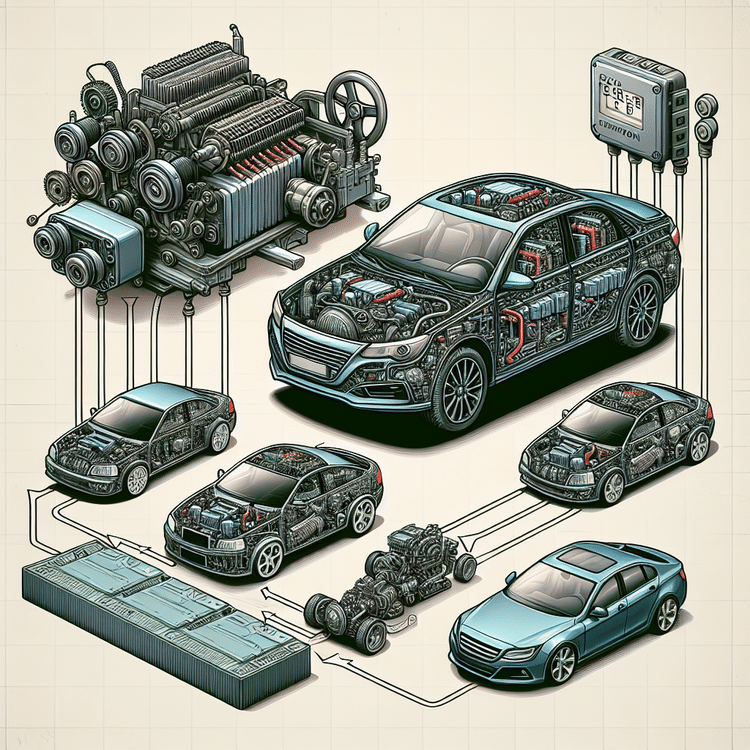
The ECU, or Engine Control Unit, is a crucial component in modern vehicles, responsible for managing engine functions and optimizing performance. It processes data from various sensors to control aspects such as fuel injection, ignition timing, and emission controls, ensuring efficient engine operation.
The history of the ECU dates back to the late 1960s when automotive engineers began integrating electronic components into vehicles to enhance performance and reliability. Initially, these systems were mechanical, often using vacuum-operated devices to manage fuel delivery and timing. However, the advent of digital technology in the 1980s revolutionized vehicle control, leading to the widespread adoption of microprocessor-based ECUs.
As technology advanced, the ECU evolved into sophisticated units capable of real-time adjustments based on driving conditions and driver behavior. These developments included the introduction of self-diagnostic capabilities, allowing for better troubleshooting and maintenance.
How the ECU Works
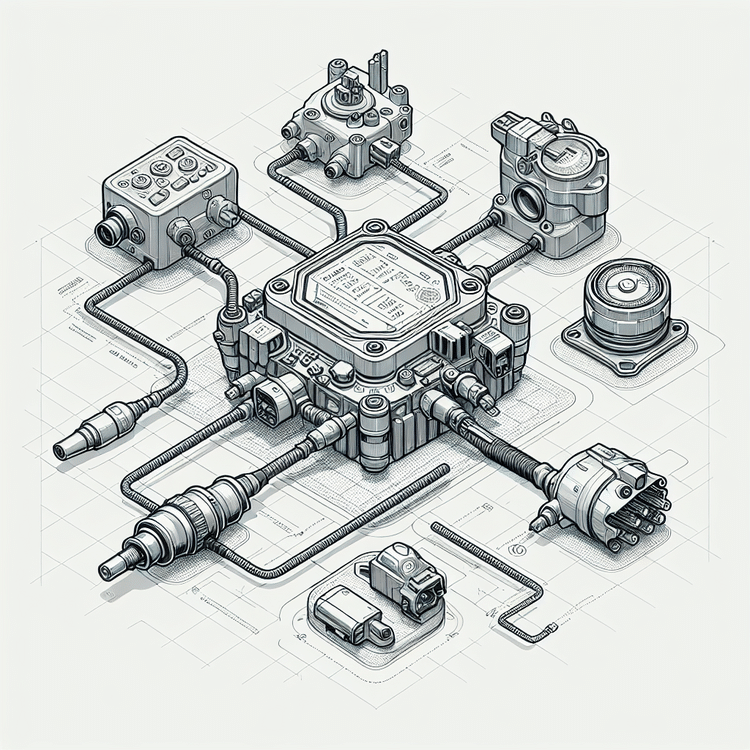
The Engine Control Unit (ECU) is a crucial component in modern vehicles, responsible for managing engine performance by processing data from various sensors and controlling actuators. It operates by receiving real-time information from sensors that monitor engine temperature, air intake, throttle position, and exhaust gases. This data is used to make instantaneous adjustments to maintain optimal engine performance.
Some of the key functions of the ECU include:
- Data Processing: The ECU analyzes the input from sensors to evaluate the engine’s current operating conditions.
- Control Mechanisms: Based on processed data, the ECU controls various actuators to adjust fuel injection, ignition timing, and air-fuel mixture to enhance efficiency and reduce emissions.
Additionally, the ECU operates within a feedback loop, which allows it to make continuous adjustments based on changing conditions. For example, if it detects that the engine is running too hot, it may reduce fuel flow or adjust the ignition timing accordingly. This dynamic responsiveness is vital for maximizing engine performance and ensuring longevity.
ECU Function in a Vehicle
The Engine Control Unit (ECU) plays a critical role in modern vehicles by managing essential engine functions. Its primary responsibilities include:
- Engine Management: The ECU regulates engine parameters to ensure optimal performance and efficiency.
- Fuel Injection: It controls the timing and amount of fuel injected into the engine, based on various inputs from sensors, enhancing fuel efficiency.
- Ignition Timing: The ECU adjusts the ignition timing to maximize power and minimize emissions, reducing fuel consumption significantly.
- Emissions Control: By monitoring and adjusting engine functions, the ECU helps to meet regulatory emissions standards, thereby promoting a cleaner environment.
In addition to these core functions, the ECU contributes to improving overall vehicle efficiency and enhancing safety features such as traction control and anti-lock braking systems. By continuously processing data from various sensors, the ECU ensures that the vehicle operates within the safest and most efficient parameters.
Types of ECU in Cars

The ECU (Engine Control Unit) is a vital component in modern vehicles, responsible for managing various functions crucial for optimal performance. Various types of ECUs exist, each serving unique roles and communicating with one another to ensure the smooth operation of the vehicle.
- Engine ECU: This is the main control unit that regulates the engine’s performance, including fuel injection, ignition timing, and emissions control.
- Transmission ECU: This ECU manages the vehicle’s transmission as well as its shifting patterns, ensuring smooth gear transitions and optimal power delivery.
- Body Control Module (BCM): The BCM controls the electrical systems in the vehicle, such as lighting, power windows, and security features, acting as a hub for various inputs and outputs.
- Anti-lock Braking System (ABS) ECU: This specialized ECU monitors wheel speed and controls brake pressure to prevent wheel lock-up during hard braking, enhancing vehicle safety.
- Airbag Control Unit: This unit is responsible for the deployment of airbags in the event of a collision, processing data from various sensors to minimize injury risk.
Each of these ECUs communicates with one another through a vehicle network, often using protocols like CAN (Controller Area Network). This interconnectedness allows for precise control and coordination of complex vehicle functions.
For further insights on managing your ECU, check out The Benefits of ECU Programming for Your Nissan Vehicle or learn How to Perform ECU Reprogramming with wiTECH Micropod II.
Relationship Between ECU and Car Performance
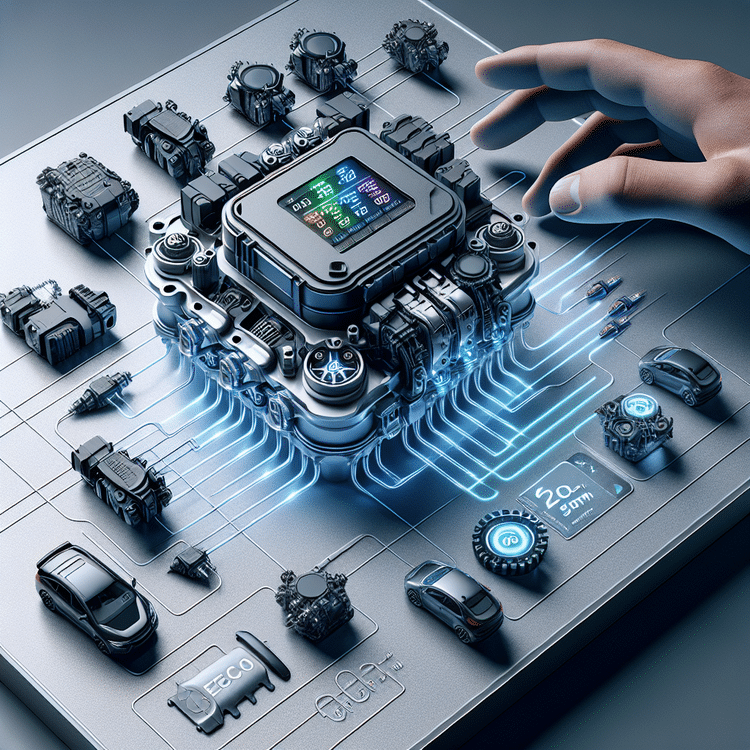
The Engine Control Unit (ECU) plays a crucial role in determining a vehicle’s performance. It is tasked with managing engine functions that directly affect metrics such as horsepower, torque, and fuel efficiency. By precisely regulating fuel injection, ignition timing, and other vital parameters, the ECU optimizes engine output and can adjust to various driving conditions.
Additionally, the ECU’s settings dramatically influence the driving experience and vehicle responsiveness. For instance, tuning the ECU can enhance acceleration, leading to a more spirited drive. Drivers may experience a noticeable difference in how swiftly the car responds to throttle input and engine load, showcasing the ECU’s impact on overall vehicle dynamics.
- Horsepower: Enhanced ECU programming can lead to increased horsepower by optimizing fuel delivery and ignition timing.
- Torque: Proper tuning can improve torque curves, making the vehicle more responsive in different speed ranges.
- Fuel Efficiency: An efficiently managed ECU can result in better fuel economy by optimizing air-fuel mixture and reducing waste during combustion.
ECU Programming and Upgrades
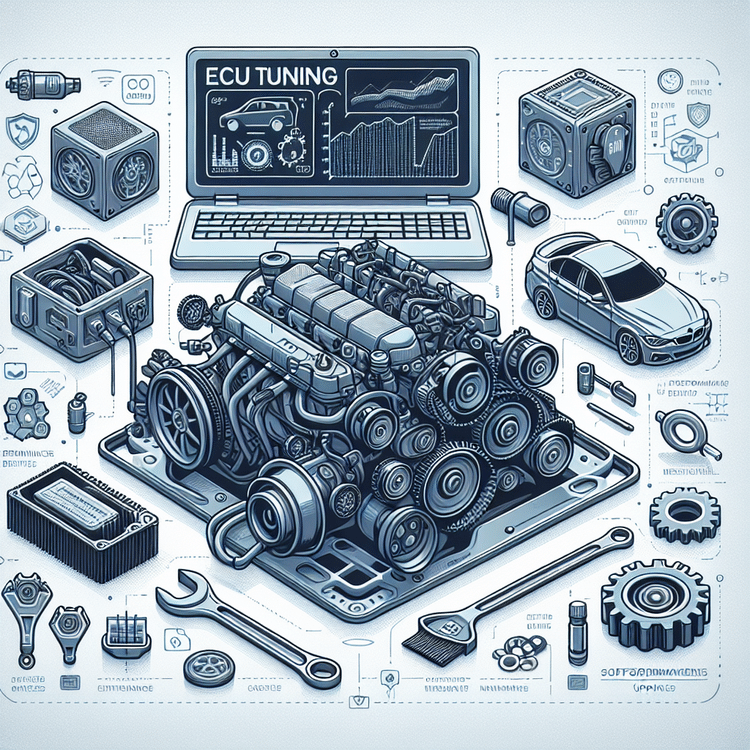
ECU programming involves modifying a vehicle’s engine control unit (ECU) software to enhance performance, improve fuel efficiency, or rectify issues. This can include updates that fix bugs or add new features, as well as performance enhancements that may increase horsepower or torque. Car owners often seek ECU upgrades to maximize the potential of their vehicles, turning standard models into high-performance machines.
However, while ECU upgrades can deliver substantial benefits, they also come with risks. For example:
- Warranty Voidance: Making modifications might void the manufacturer’s warranty, leading to high repair costs if things go wrong.
- Component Stress: Increased performance may put additional strain on engine components, potentially leading to mechanical failures if not done correctly.
- Legal Implications: Some modifications can render vehicles non-compliant with local emissions regulations, which can have legal repercussions.
Common ECU Problems and Solutions

The Engine Control Unit (ECU) can encounter various problems that can affect vehicle performance and drivability. Common issues include:
- Sensor Failures: Faulty sensors can lead to incorrect data being sent to the ECU, affecting engine performance. Common sensor failures include oxygen sensors and mass airflow sensors.
- Software Glitches: Software issues can arise from outdated firmware or corrupted data, resulting in erratic vehicle behavior or diagnostic trouble codes (DTCs).
- Electrical Issues: Poor connections or damaged wiring can disrupt the communication within the ECU, leading to misfires or loss of power.
To troubleshoot these problems, consider the following:
- Perform a diagnostic scan using an OBD-II scanner to identify DTCs.
- Inspect wiring harnesses and connectors for damage or corrosion.
- Check and replace faulty sensors as required.
- Update the ECU software through a reliable service tool, such as wiTECH MicroPOD II, to resolve software glitches.
If problems persist, seeking professional help is recommended. Expert diagnostics can uncover underlying issues that might not be readily apparent.
ECU Diagnostics
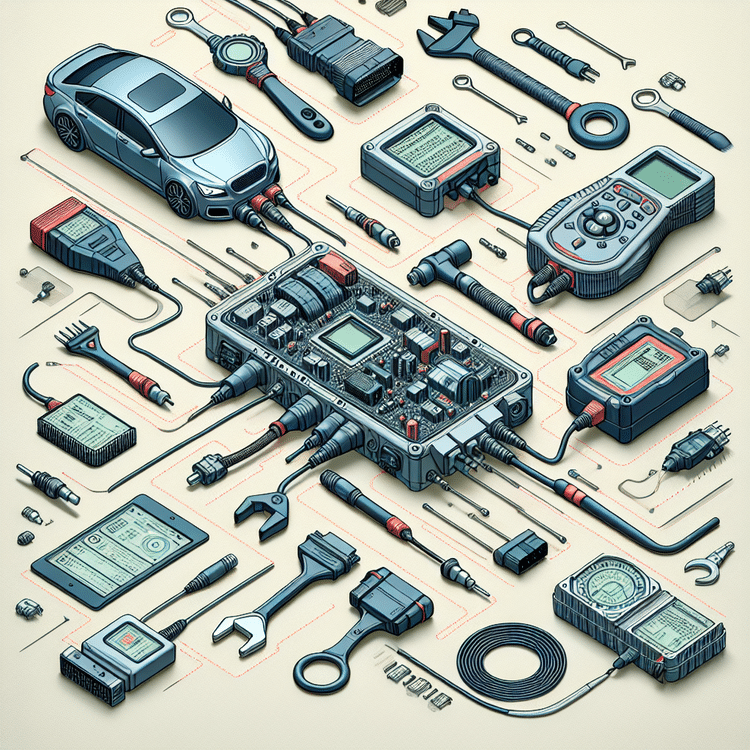
Diagnosing ECU-related issues is crucial for maintaining optimal vehicle performance. The process typically involves the use of diagnostic tools that interface with the vehicle’s ECU, allowing technicians to retrieve fault codes and assess the functionality of various systems. These tools can identify problems ranging from fuel injection issues to transmission errors.
Regular ECU diagnostics can help prevent major repairs by catching issues early. Mechanics utilize advanced software solutions and hardware like OBD-II scanners to conduct these diagnostics. For instance, tools such as the ECU Open Cover/Shell Dismantling Assist Tool are essential for accessing and working on the ECU effectively.
Moreover, the importance of ECU diagnostics is further emphasized by their role in Ford Diagnostic Software, which enhances vehicle repair accuracy and efficiency. Ensuring regular diagnostics not only extends the life of your vehicle but also boosts its overall performance.
Conclusion
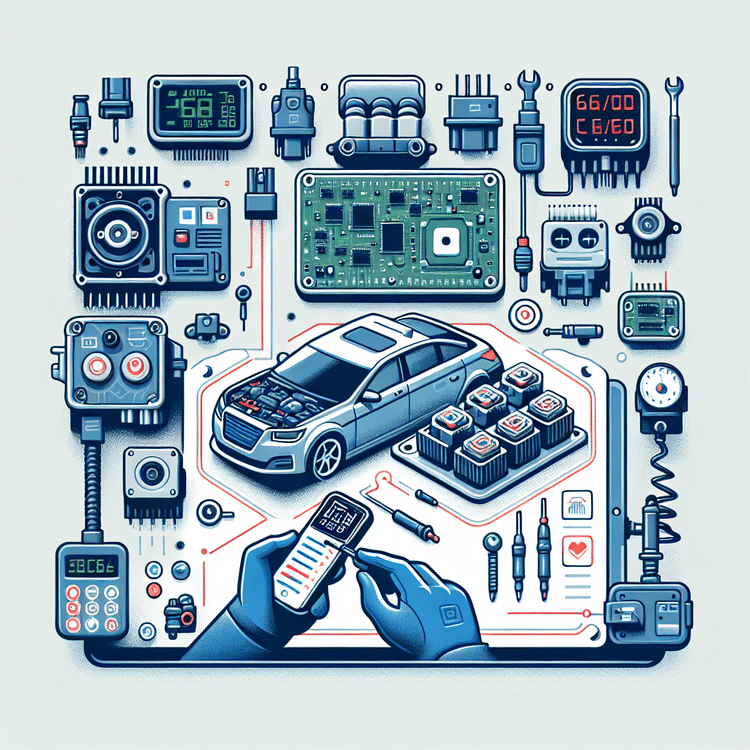
The Engine Control Unit (ECU) plays a crucial role in modern vehicles by regulating engine performance through various functions like fuel injection, ignition timing, and emissions control. Understanding the different types of ECUs and their functionalities can help car owners recognize the importance of this critical component in their vehicles.
Regular maintenance and diagnostics of the ECU are essential for keeping a vehicle operating efficiently and reliably. Issues with the ECU can lead to poor performance, reduced fuel efficiency, and increased emissions. Therefore, it is advisable for car owners to prioritize executing regular ECU checks and necessary updates.
For those looking to enhance their vehicle’s performance, consider exploring the ECU programming tools available that can help in the reprogramming or upgrading process. Proper care of the ECU not only enhances driver experience but also contributes to the longevity of the vehicle.
